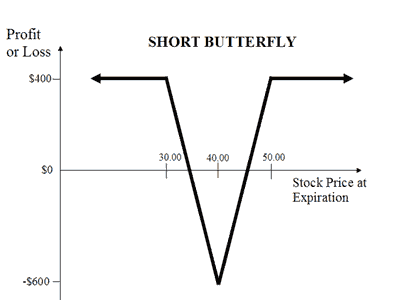Shorting v Option
Post on: 26 Апрель, 2015 No Comment

Put options and short selling help you make money in a falling market.
Comstock/Comstock/Getty Images
More Articles
In September 2008, hedge fund manager David Einhorn made approximately $1.7 billion from shorting Lehman Brothers stock. (See Reference 1). Shorting securities and trading put options are two strategies that work well in falling markets. As the security price drops, the short position or put option value rises. However, the mechanics for shorting and trading put options are quite different. Knowing the strengths and weaknesses of each strategy lets you decide which one best suits your trading style and the prevailing market conditions.
How Put Options Work
Buying a put option gives you the right, but not the obligation, to sell the underlying security at a set price by a specific deadline. One put option controls 100 stock shares. The strike price of an option is the price at which you would sell the shares at. For example, if you bought a put option with a $50 strike price, you have the right to sell the stock at $50 dollars a share no matter what the actual stock price is. (See Reference 2)
Put Options Advantages and Disadvantages
Buying a put option has two main advantages: you dont have to buy the underlying asset and your loss is limited to what you paid for it. The disadvantage is that the underlying asset price must drop enough so you can at least break even. Calculate the breakeven point by subtracting the option strike price from the option premium. For example, you buy a put option with a $50 strike price for $1.00. The stock must fall to $49 ($50 minus $1) for you to break even before the option expires. Anything below $49 is a profit. Anything above $49 is a loss. (See Reference 3)
How Shorting Works
Shorting takes a different approach to profiting from falling prices. With shorting, also known as short selling, you open the trade by selling the actual security. Since youre selling an asset you dont own, you must first set up a margin account with your broker and deposit a fraction of the assets value. For example, you want to sell 100 shares of ABC stock short. Your broker borrowers the shares from another trader and lends them to you. To close the trade, you must buy the shares back so your broker can return them to the other trader. The difference between the sell and buy price is your profit or loss. (See Reference 4)
Shorting Advantages and Disadvantages
Shortings primary advantage is that you dont have to purchase or own the underlying asset. The disadvantage is that your losses are unlimited if the asset price goes up instead of down. For example, you sold 100 shares of ABC stock short worth $5,000. If the stock value rises to $6,000, youve lost $1,000 ($5,000 minus $6,000) on the trade. If the stock value rises to $7,000, youve lost $2,000 ($5,000 minus $7,000) on the trade. Your losses will continue to mount until you buy back the 100 shares. (See Reference 5)














